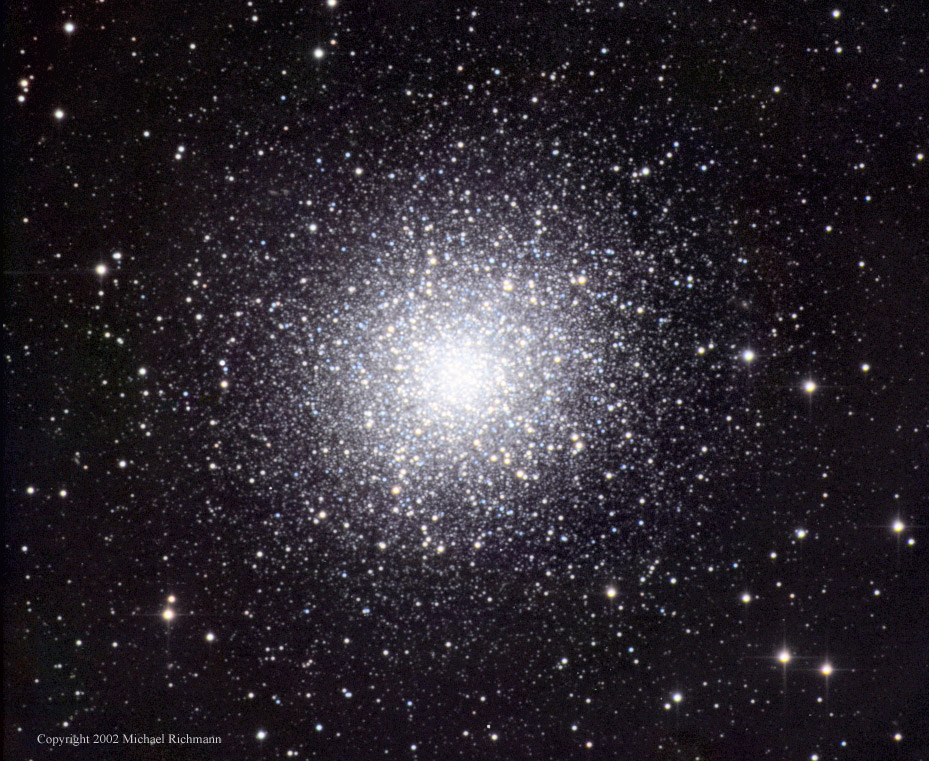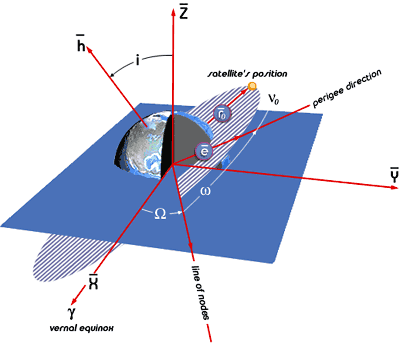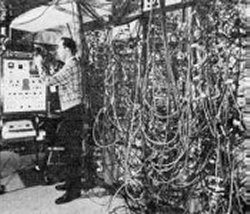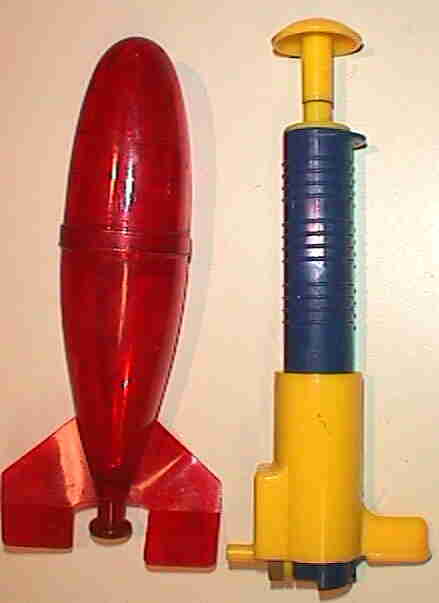 |
class 1: overview, projects, introduction to the integrator.f and fewbody.f numerical codes (note that these "classes" are sometimes longer than one class period -- there are thus 20 handouts in total) |
 |
class 2: the two-body problem; inverse square law, scaling, equation of the orbit, conic sections, kepler's equation, orbital elements, negative heat capacity of self-gravitating systems, application to HD 80606. |
 |
class 3: more on the negative heat capacity of the keplerian orbit -- the magnetorotational instability, a brief introduction to numerical integration |
 |
class 4: the restricted three-body problem, spacecraft navigation and trajectory design. Instability in the 55 Cancri system, the Jacobi Constant |
|
class 5: Lagrangian stability points, trojan and horseshoe orbits, self-consistent fitting to radial velocity data. |
|
class 6: Linear stability analysis at the Lagrange points. |
|
class 7: Planetary motion: secular variations, resonances, and the stability of planetary systems |
|
class 8: The disturbing function, mean-motion resonances |
|
class 9: Resonance, migration, tidal heating |
|
class 10: The Laplace-Lagrange mode, the problem posed by HD 209458b |
|
class 11: Orbits in static spherical and axisymmetric potentials |
|
class 12: Orbital motion in axisymmetric potentials |
|
class 13: Orbital motion in non-axisymmetric potentials |
|
class 14: Orbits in rotating potentials |
|
class 15: Introduction to the theory of spiral structure |
|
class 16: WKB analysis, group velocity, and SWING amplification |
|
class 17: Galactic collisions, dynamical friction |
|
class 18: Stellar Dynamics I |
|
class 19: Stellar Dynamics II |
|
|
|
|
|
|
|
|
|
|
|
|
|
|
|
|
|
|







